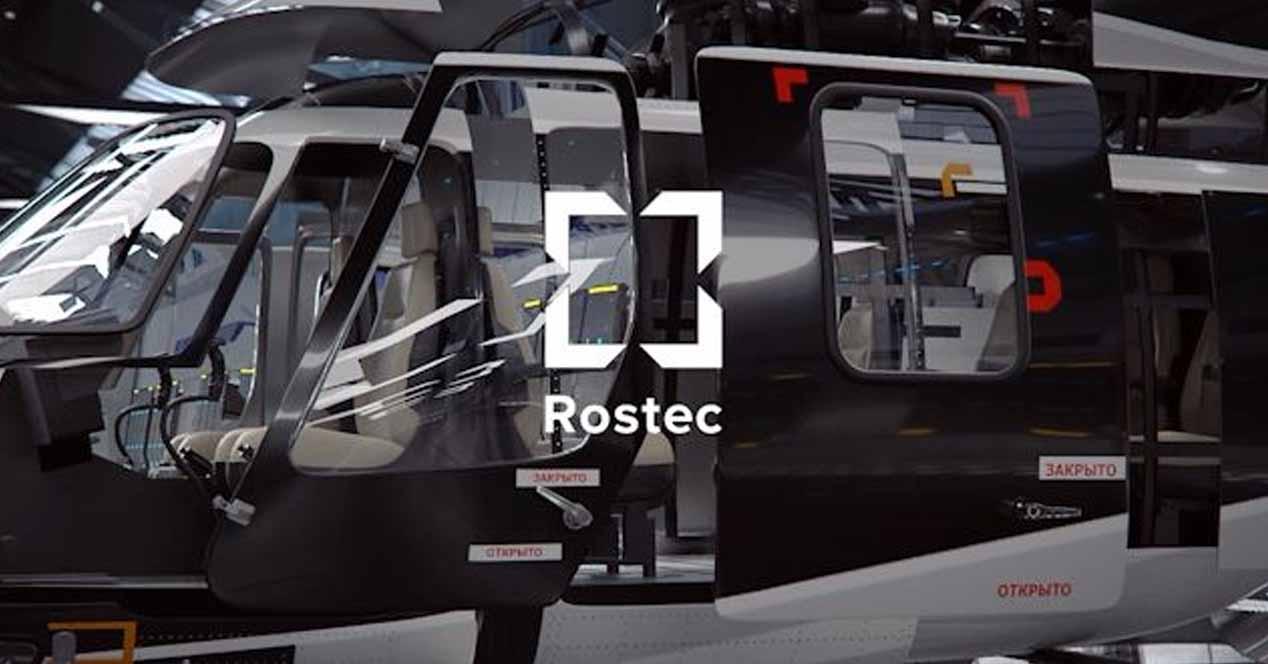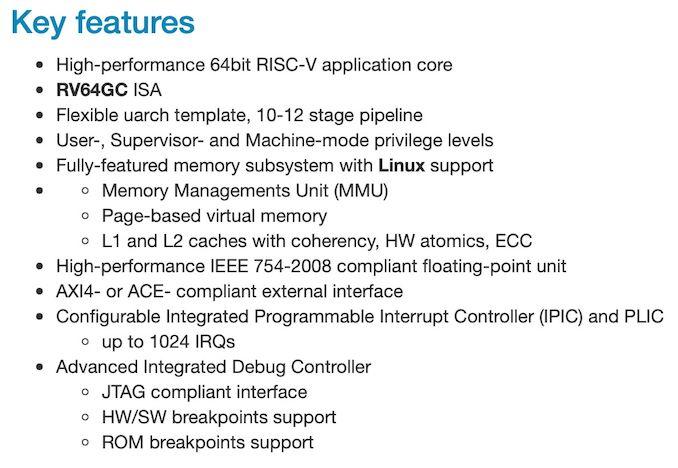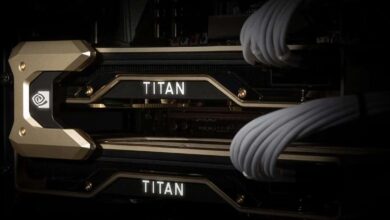
The cost of the project is reported to be around 30 billion rubles, which is equivalent to about 370 million euros, and the project organizers plan to sell 60,000 systems based on their new CPU with RISC-V cores as the main core of prosecution.
Russia’s first CPU will be RISC-V at 12 nanometers
Reports state that the goal is to build an 8-core processor that runs at 2 GHz minimum using a 12-nanometer process, which presumably means that GlobalFoundries will be the one to build it, although this point is obviously not entirely clear. Of the project funds, two-thirds will be provided by “anchor clients” (such as Rostec and its subsidiaries), while the final third will come from Russia’s federal budget. The systems these processors will enter will initially operate at the Russian Ministry of Education and Science, as well as the Ministry of Health.
Syntacore already develops its own core with RISC-V architecture, rather than licensing its design. There have been doubts as to whether any current RISC-V design is suitable enough for administrative services, and yet with the recent news that Canonical is enabling Ubuntu / Linux on some of SiFive-V’s RISCs, chances are that By 2025 which is when this CPU from Russia will be ready there will be a sufficient number of software options to choose from if the processor adheres to the required specifications.
That said, it’s not uncommon for non-standard processors from places like Russia or China to use older custom Linux forks to meet the needs of companies that will be using the hardware. Syntacore’s documentation states that its higher-performance 64-bit kernel is already compatible with Linux.
This news shows an interesting development as Russia already has several local CPU prospects in the works, such as the Elbrus 2000 family of processors running a custom VLIW instruction set with binary translation for Intel x86 and x86-64; these processors already offer 8-core, multi-socket systems running Linux.
Elbrus development is still ongoing with Rostec in the equation, and the project seems focused on high-powered implementations using both desktop and server PCs. In contrast, the new RISC-V development appears to target low-power implementations for use in desktop and notebook PCs. Russia also has Baikal CPUs that use the ISA MIPS32, built by a Russian supercomputer company.
It will be interesting to see how this story unfolds: 370 million euros should be enough to develop a processor and instruct the design of the system at this level, which plans the question of whether the project will come to fruition or will remain in a simple development. research.





